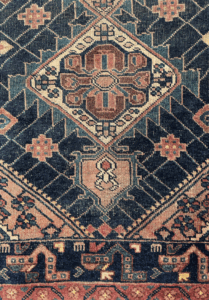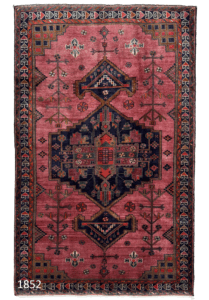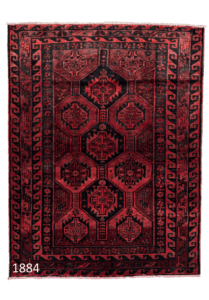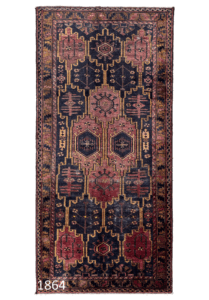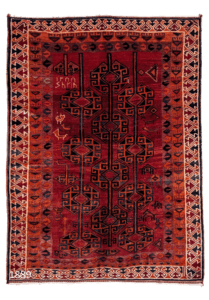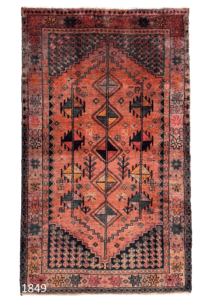Lori Carpets
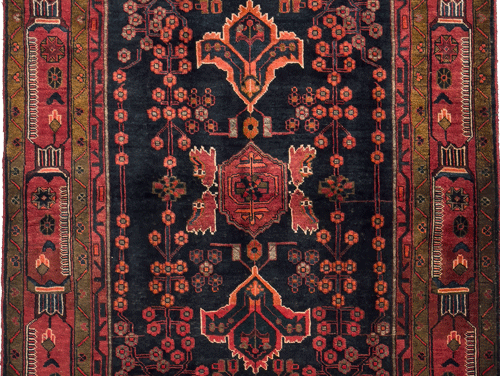
Lori Rugs: A Visual Tradition Rooted in Tribal Weaving
Lori rugs and kilims are primarily woven by the Lor people in western Iran, particularly in the provinces of Lorestan, Khuzestan, and Kohgiluyeh and Boyer-Ahmad. However, like many Persian carpets, their production is not exclusive to one ethnic group. Various communities, including Lak and Arab populations, have lived alongside the Lors in these regions for centuries. Given the historical mixing of cultures and craftsmanship, attributing a carpet to a specific tribe is often based on stylistic characteristics rather than definitive historical records.
Carpet classification relies on visual and material evidence—such as color palettes, weaving techniques, patterns, and foundation materials—rather than confirmed lineage. While the term “Lori” suggests a connection to the Lor people, the reality is more nuanced; a carpet labeled as Lori may have been woven by an Arab or Lak weaver. The absence of systematic, in-depth research into Iran’s tribal weaving traditions means that most attributions are based on broad historical observations rather than precise documentation.
Material and Weaving Characteristics
Lori rugs stand out for their vibrant color compositions, with a notable use of purple—more prevalent here than in other Persian rugs. The color scheme often includes deep reds, blues, and greens, all of which contribute to the distinct visual identity of these carpets. Patterns are primarily geometric, often drawn from memory or created using “Olgu” templates. These templates are small quarter-sized versions of a carpet woven by an experienced weaver, serving as a guide for others to replicate symmetrical designs.
The wool used in Lori rugs is typically hand-spun and dyed using both natural and synthetic dyes. The foundation may be either wool or cotton, with a soft texture that distinguishes them from other Persian carpets. Unlike the densely knotted urban carpets, Lori rugs have a looser weave, contributing to their pliability and unique feel.
Cultural and Artistic Significance
Lori carpets embody the artistic traditions of nomadic and village life, where rug weaving is an integral part of cultural expression. The motifs and patterns often reflect the weavers’ surroundings, memories, and tribal identities, preserving a visual language passed down through generations. Their geometric simplicity and bold use of color have made them highly regarded among collectors and scholars of Persian carpets.
Despite their historical importance, Lori rugs have often been overlooked or misclassified within the broader category of Persian tribal carpets. Their rarity in the market today is partly due to the migratory nature of their weavers and the decline of traditional nomadic lifestyles. Yet, their distinctive qualities—soft textures, rich colors, and direct connection to Iran’s tribal heritage—continue to set them apart in the world of antique and handmade carpets.

